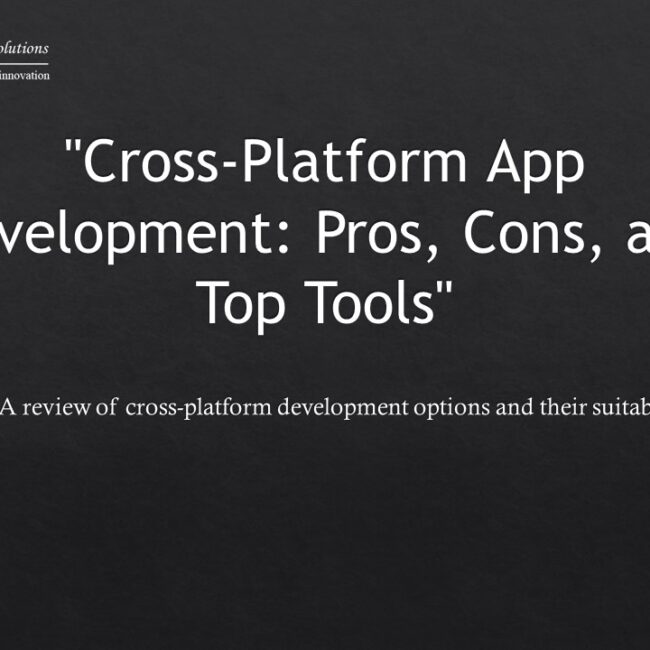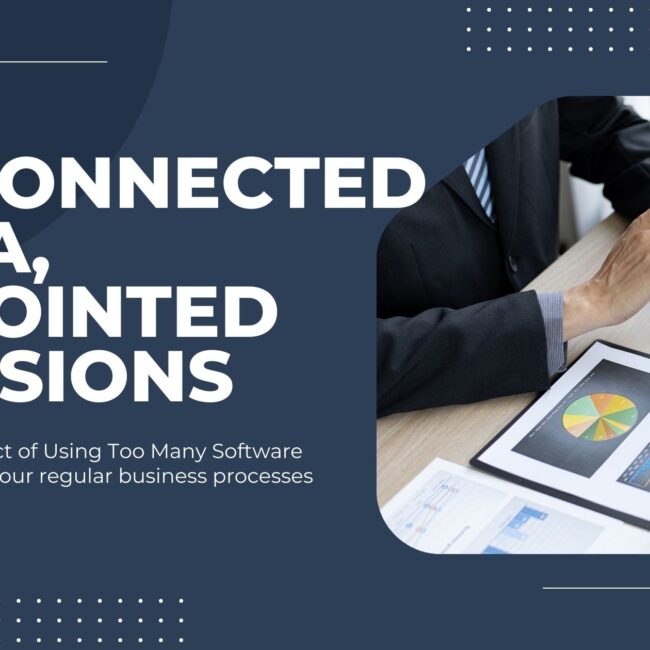
Mobile App Security: Protecting User Data in the Digital Age
Mobile apps have become an integral part of our daily lives, helping us with a multitude of tasks, from communication and productivity to entertainment and shopping. However, as we increasingly rely on mobile apps to store and transmit sensitive data, concerns about security and privacy have also grown. In this blog, we’ll explore the importance of mobile app security and provide insights into how to protect user data in the digital age.
The Significance of Mobile App Security
In an era where data breaches and privacy violations are prevalent, mobile app security is paramount. Here’s why it matters:
- Protecting Sensitive Data: Mobile apps often handle personal and sensitive information, such as financial data, medical records, and personal messages. Security breaches can lead to identity theft and financial loss.
- User Trust: Users entrust their data to mobile apps, and trust is easily eroded by security incidents. A breach can result in a loss of users and a tarnished reputation.
- Legal and Regulatory Compliance: Laws and regulations, such as the GDPR in Europe and CCPA in California, mandate the protection of user data. Non-compliance can lead to legal consequences.
- Business Continuity: A security breach can disrupt business operations, cause financial losses, and damage brand reputation. Ensuring security is crucial for business continuity.
Top Mobile App Security Practices
Implementing robust security measures is essential to protect user data in mobile apps. Here are key practices to follow:
1. Data Encryption
Encrypt data both in transit and at rest. Use strong encryption algorithms to protect data as it travels between the app and servers and while it’s stored on the device.
2. Authentication and Authorization
Implement strong authentication methods, such as biometrics, multi-factor authentication (MFA), or secure password policies. Ensure users only access data and features they are authorized to use.
3. Secure Code Development
Write secure code and follow best practices to prevent common vulnerabilities such as injection attacks, XSS (Cross-Site Scripting), and CSRF (Cross-Site Request Forgery). Use tools like static analysis and code reviews to identify and fix security issues.
4. Regular Security Testing
Conduct regular security testing, including penetration testing and vulnerability assessments, to identify and rectify potential weaknesses.
5. App Permissions
Request only the minimum necessary permissions from users. Unnecessary permissions can expose sensitive data to potential misuse.
6. Secure APIs
If your app communicates with external services or APIs, secure these connections with API keys and proper authentication mechanisms. Validate input and output data to prevent attacks like injection and data leakage.
7. Data Backup and Recovery Plans
Develop data backup and recovery plans to ensure that user data is retrievable in case of a disaster, breach, or data loss event.
8. Secure File Handling
Ensure that user-generated files and data are stored securely, and provide users with the option to delete their data permanently.
9. User Education
Educate users on security best practices, such as choosing strong passwords, enabling security features, and being cautious about sharing personal information.
Emerging Threats and Trends
Mobile app security is a dynamic field that continually adapts to emerging threats and trends. Some noteworthy trends and threats to consider include:
- IoT Integration: The rise of Internet of Things (IoT) devices introduces new security challenges, especially when apps interact with these devices. Ensure secure connections and access control.
- API Security: APIs are common attack vectors. Pay attention to API security, including proper authentication, access control, and rate limiting to prevent abuse.
- Machine Learning and AI: Leverage machine learning and AI to detect and respond to security threats in real-time.
- Blockchain: Blockchain technology can enhance security in applications by creating a tamper-proof ledger for sensitive data.
- Privacy Regulations: Keep up with evolving privacy regulations and ensure compliance, which may involve data anonymization and stronger consent mechanisms.
Conclusion
Mobile app security is an ongoing process that requires vigilance and a proactive approach. Protecting user data is not only essential for regulatory compliance but also for maintaining user trust and business continuity. By following best practices, staying informed about emerging threats, and implementing the latest security technologies, you can safeguard user data in the digital age and build apps that users can trust.


